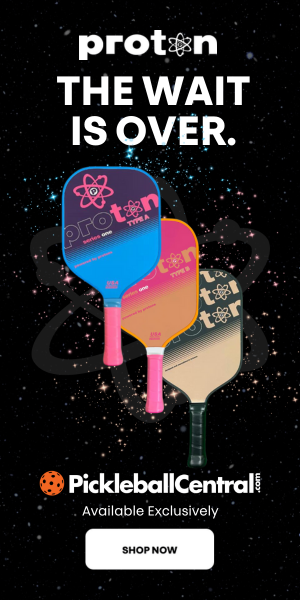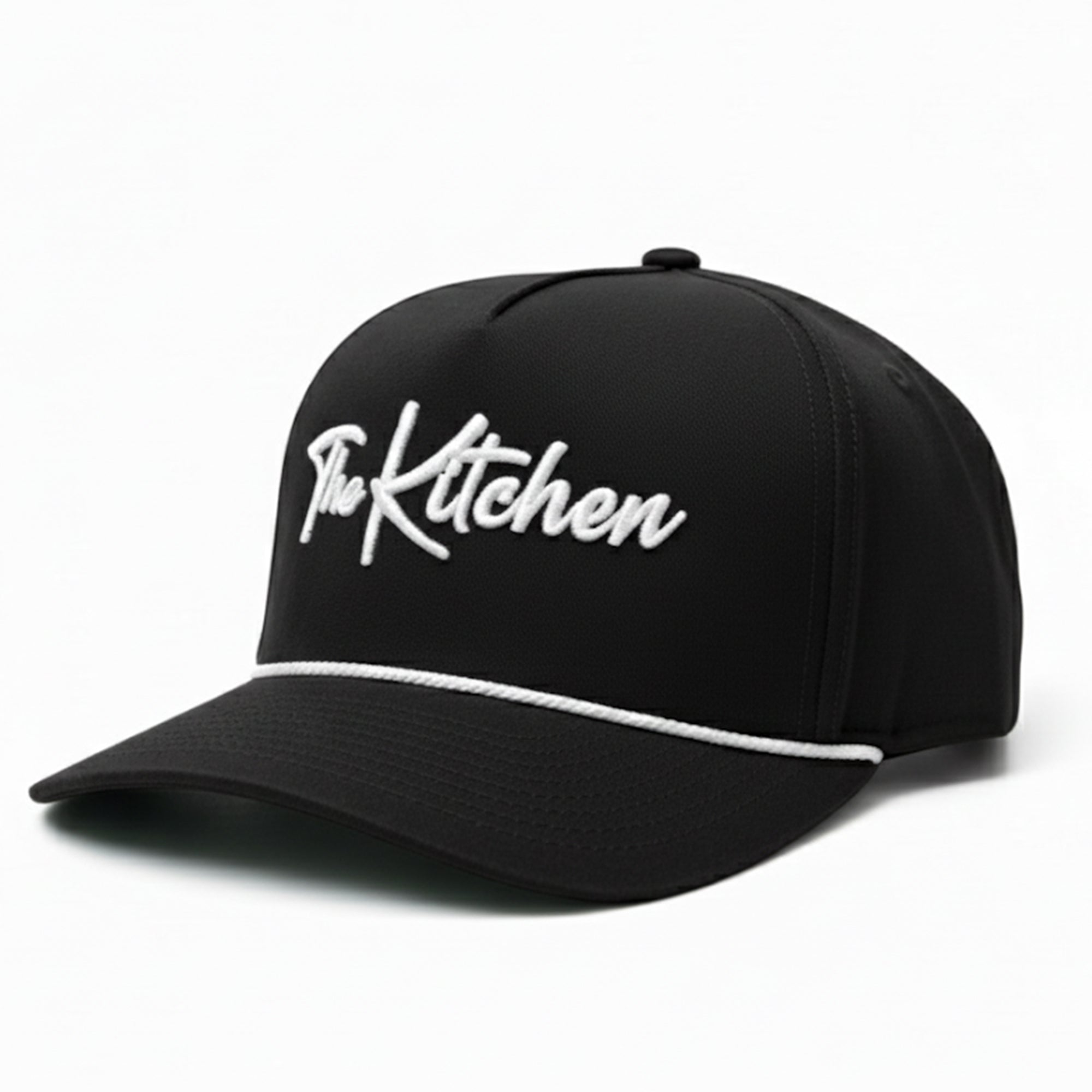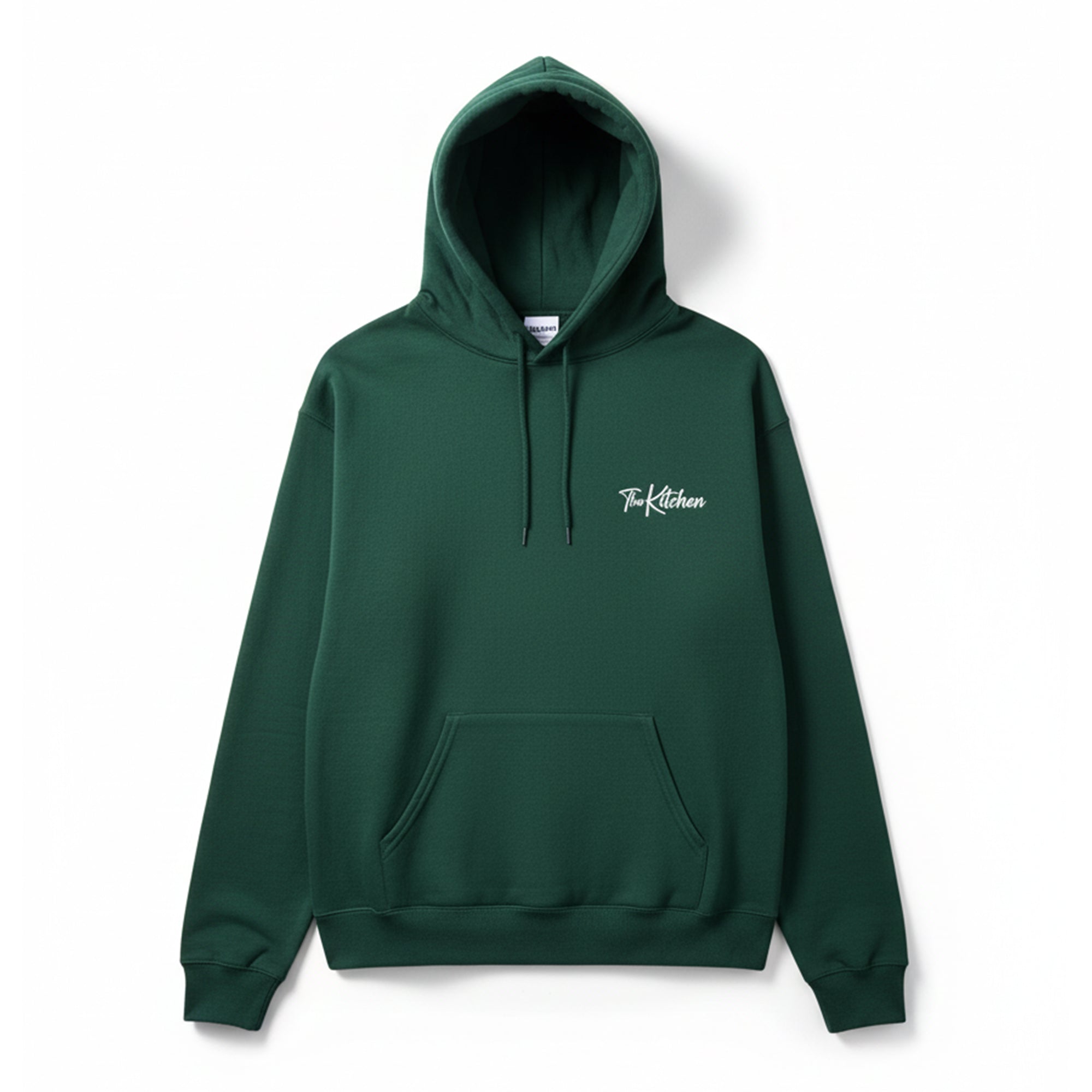Expert review: RPM Friction Pro is elite in multiple categories
Last Edited
Nov 26 2025
Category
Gear
The RPM Friction Pro has been getting a lot of buzz since its release earlier this fall.
Pro player James Ignatowich launched the paddle brand in late 2025, and it has been met with many players and paddle reviewers praising its performance and comparing it to some of the most popular paddles in the game.
As it turns out, the hype is for good reason -- at least in my opinion. After playing with the paddles (right now it's available in three versions: 16mm elongated, 14mm elongated and 16mm widebody) for about two weeks, I seriously contemplated moving the RPM all the way to No. 1 on my list of the Top 10 paddles on the market. It's that good.
I ultimately settled on placing it at No. 2, right behind the paddle that it has gotten a lot of comparisons to: the JOOLA Pro IV.
While it does use a similar construction to the JOOLA Pro IV, there are a few subtle differences in feel and performance.
The RPM Friction Pro feels slightly more muted and plush, while the JOOLA is a little more firm. This will mostly come down to personal preference for many players.
Ignatowich, who designed the paddles, attributes that difference in feel to using a softer foam around the perimeter of the paddle and also using a bit more foam in the throat area.
The secret sauce for the JOOLA Pro IV has always been the ability to have great touch on third-shot drops and resets in the transition zone -- while also getting top-tier power on third-shot drives, serves and putaways.
The RPM Friction Pro excels in the same way. After only a little bit of play, I became very comfortable from all areas of the court. I could be patient on my way to the kitchen line knowing that I had a good chance to hit a quality fifth or seventh shot in transition.
One of the drills I like to do when I'm testing paddles is start from the baseline with a third-shot drive. From there, the point is live, and the test is to see which paddles are best at helping me get to where I ultimately need to end up -- at the kitchen line, effectively neutralizing my opponent's advantage of starting at the net.
The RPM Friction Pro and the JOOLA Pro IV are above the pack when it comes to this test. There are other paddles that have more overall firepower or more control, but none offer the "full package" to the same extent as these two.
Shop the RPM Friction Pro
16mm elongated
14mm elongated
16mm widebodyUse code "KITCHEN" at checkout for 15% off.
As the name of the paddle suggests, spin is also an area that Ignatowich and the RPM team put an emphasis on. The carbon fiber surface on the RPM Friction Pro paddles is quite gritty compared to a lot of other paddles on the market. The gritty surface combined with the high dwell time that these paddles offer makes it easy to shape the ball on drives, flicks out of the air and speed ups off the bounce.
In addition to the drill I described above, I also put these paddles through my usual testing that includes drills from the kitchen line, in the transition zone and from the baseline -- as well as several hours of 5.0+ play.
Below I dive more into how each model differs and what type of player might be best suited to each.
Note: I thought all three models played pretty well out of the box, but I did add a 5-inch strip of 1-gram per inch UDrippin tungsten tape at the throat/bottom corners on each model (about .35 ounces), which bumped up the swingweights slightly and added even more stability.
Let's cook!

RPM Friction Pro - 16mm elongated
SPECS
Weight: 7.9 ounces
Swing weight: 116 (on the lighter end for an elongated paddle)
Length: 16.5 inches
Width: 7.5 inches
Handle length: 5.5 inches
Surface: Carbon fiber
Core: Gen 3 style -- honeycomb w/foam perimeter
Best suited for players who: Want big power on serves, third-shot drives and putaways, but also want a more plush feel that a 16mm core offers.
At the kitchen: The plush feel and high dwell time is very evident on dinks -- you're able to control the pace and also add heavy topspin when you want. That dwell time also comes into play on flicks out of the air. The ball is holding on the paddle and giving you a split second longer to place your attack where you want it. The 16mm is not quite as poppy as the 14mm, but it still offers good pop and plenty of "plow-through power" on bigger swings.
In transition: This is where the 16mm models of the RPM Friction Pro really shine. I felt very comfortable in this area of the court and like I could keep points alive longer, even when my opponents had good opportunities to be aggressive.
From the baseline: The grit on this paddle allowed me to be aggressive with heavy topspin drops and third-shot drives. I got good shape and power on the ball from this area of the court, and was also able to be very consistent.
RPM Friction Pro - 14mm elongated
SPECS
Weight: 7.8 ounces
Swing weight: 114 (on the lighter end for an elongated paddle)
Length: 16.5 inches
Width: 7.5 inches
Handle length: 5.5 inches
Surface: Carbon fiber
Core: Gen 3 style -- honeycomb w/foam perimeter
Best suited for players who: Want a little extra pop and maneuverability in hands battles at the kitchen line and prefer a slightly firmer feel.
At the kitchen: There are a few trade offs with the thinner model in this area of the court. Dwell time and control is down slightly, but pop is up slightly. There's less power on overheads because the ball isn't sinking into the face as much (less of a trampoline effect), but it does feel a little more crisp on contact, if that's something you're looking for.
In transition: I'd rate the 14mm model last of the three paddles in this area of the court (which is no surprise given that it's going up against two 16mm models), but it's still above average on resets compared to most paddles.
From the baseline: Again I was getting slightly less "plow-through power" on my serves and third-shot drives, which you would expect from a thinner Gen 3 paddle, and I wasn't able to shape the ball quite as much as the 16mm model because of the decrease in dwell time. But the paddle was still very consistent in this area, so once I adjusted to the slightly different feel I was able to hit good, repeatable drops and drives.
RPM Friction Pro - 16mm widebody
SPECS
Weight: 7.9 ounces
Swing weight: 110 (about average for a 16mm widebody)
Length: 16 inches
Width: 8 inches
Handle length: 5.5 inches
Surface: Carbon fiber
Core: Gen 3 style -- honeycomb w/foam perimeter
Best suited for players who: Play a more conservative, patient style but still want good power when they have an opportunity to end a point.
At the kitchen: This paddle is extremely consistent in this area of the court, which is typically the main benefit of widebody paddles. Dinks felt easy to control and you also get a maneuverability advantage in fast hands battles. Putaway power might be down ever so slightly from the 16mm elongated, but not enough to be a big factor in deciding which one to go with.
In transition: This is where the 16mm widebody separates from the other two paddles in the RPM line. I felt like I could camp out in the transition zone for a few shots and be just fine until I had the right opportunity to advance to the kitchen line.
From the baseline: I didn't notice much of a difference on serves and third-shot drives from the 16mm elongated to the 16mm widebody, other than the sweet spot being shifted slightly lower on the paddle for the widebody. Once you make that adjustment, the two paddles play similarly from this area of the court.












